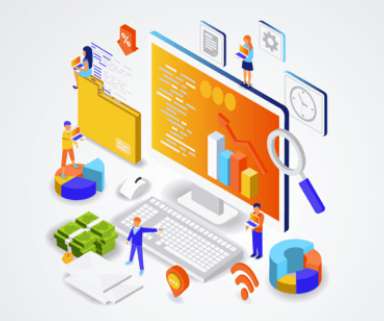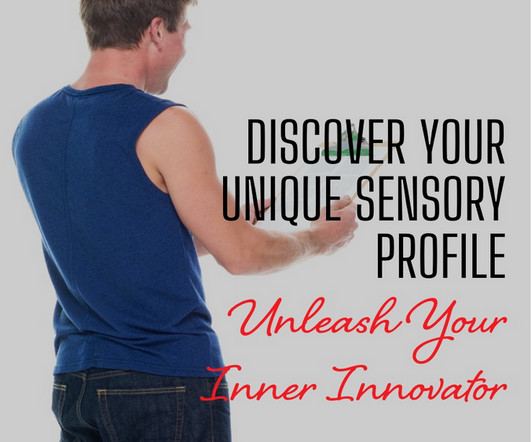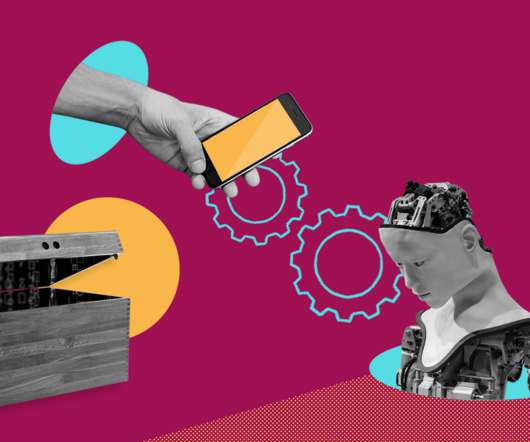6 Creative Innovation Exercises for Online Whiteboards
IdeaScale
NOVEMBER 29, 2021
In order to get your creative juices flowing it can be important to engage in creative thinking exercises and practice ways you can improve your innovation process. Advantages of Creative Thinking Exercises. Advantages of Creative Thinking Exercises. Increased Range of Thought.















Let's personalize your content